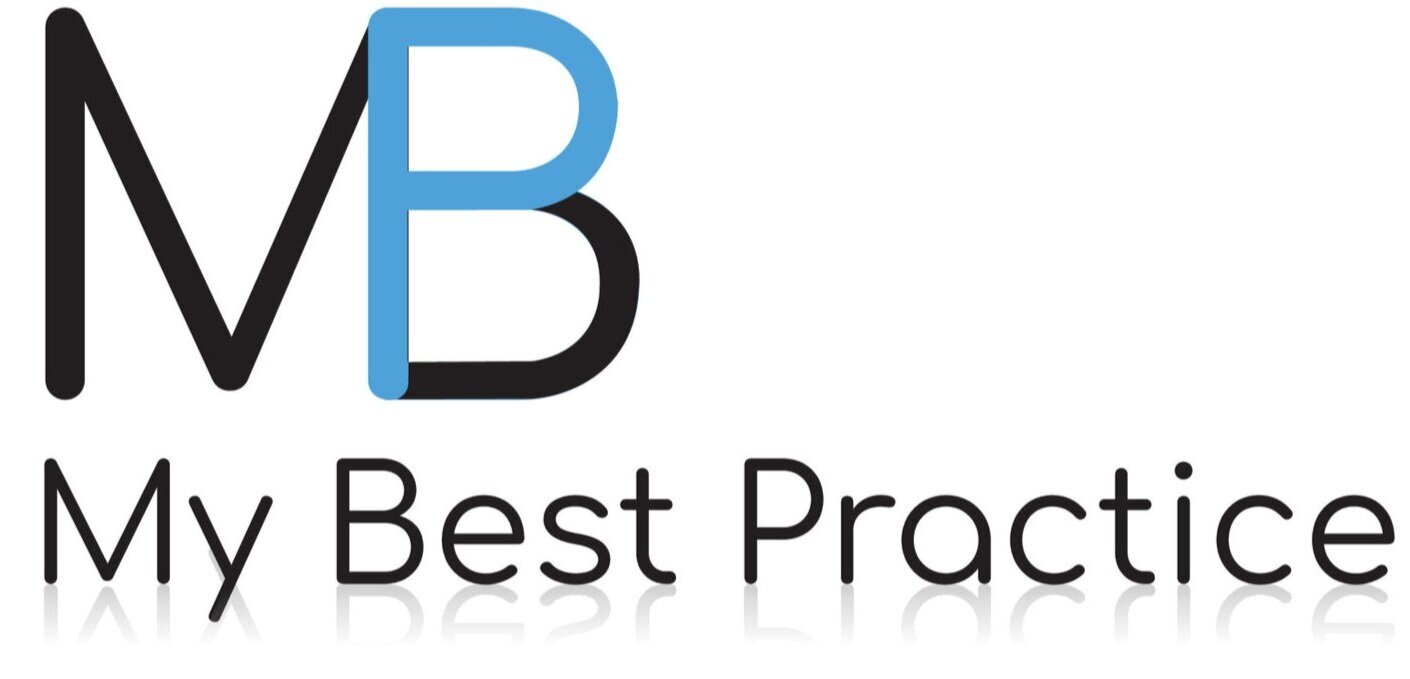Why Routine Progress Monitoring in Therapy Leads to Faster Client Improvement
Why Routine Progress Monitoring in Therapy Leads to Faster Client Improvement
Providing effective therapy is bolstered by the ability to track client progress accurately and. Research shows that routine progress monitoring, especially when observed and utilized by therapists, significantly improves client outcomes. Clients who regularly track their progress with their therapist experience faster reductions in stress, anxiety, and other mental health symptoms. We will explore the science behind progress monitoring, why it is considered a best practice, and how My Best Practice EHR makes implementing progress monitoring effortless for therapists.
The Science Behind Routine Progress Monitoring
Progress monitoring involves systematically tracking a client’s symptoms, functioning, and overall well-being over the course of therapy. This can be done through validated assessments and self-reports. Studies have shown that integrating progress monitoring into routine therapy sessions enhances the therapeutic alliance, reduces dropout rates, and improves clinical outcomes.
For example, Lambert et al. (2018) found that clients whose progress was monitored regularly experienced faster symptom reduction compared to those who did not receive progress feedback. This effect was particularly strong in clients with higher levels of distress at the start of therapy.
Another study by Boswell et al. (2015) highlighted that therapists who used progress monitoring tools were better able to identify when clients were at risk of deteriorating, allowing for timely intervention and adjustment of treatment plans. We really want to know how our clients are doing regularly, so we can keep going or make adjustments depending on the improvements.
Key Findings:
Routine progress monitoring reduces symptoms faster (Lambert et al., 2018).
Progress feedback strengthens the therapeutic alliance (Boswell et al., 2015).
Therapists can better prevent client deterioration with regular monitoring (Delgadillo et al., 2016).
Why Progress Monitoring Is Essential for Faster Stress Reduction
Clients seek therapy to reduce their distress and improve their mental well-being. One of the fastest ways to achieve these goals is by tracking their progress and adjusting treatment accordingly. Here’s how routine progress monitoring directly impacts client outcomes:
Increased Self-Awareness: Clients who see their progress reports gain greater insight into their emotional states and recognize patterns in their behavior. This increased self-awareness leads to more productive sessions and faster progress.
Timely Adjustments: When therapists track progress, they can quickly identify what’s working and what isn’t. This allows for timely adjustments in the treatment plan, ensuring that clients receive the most effective interventions.
Improved Therapeutic Alliance: Sharing progress reports with clients fosters transparency and collaboration, strengthening the therapeutic relationship. Clients can feel more engaged and invested in their treatment.
Reduced Dropout Rates: Progress monitoring has been shown to reduce dropout rates by keeping clients engaged and motivated to continue therapy.
The Role of EHRs in Progress Monitoring
While progress monitoring is essential, manually tracking and analyzing client data can be time-consuming for therapists. This is where electronic health records (EHRs) come in. The right EHR system can automate the progress monitoring process, making it seamless for both therapists and clients.
A top-tier mental health EHR should:
Include built-in, validated assessments for tracking progress.
Automatically score and generate progress reports.
Provide visual representations of client progress over time.
My Best Practice excels in all these areas, making it the ideal choice for evidence-based clinicians.
How My Best Practice Simplifies Progress Monitoring
Automated Assessments
My Best Practice offers a large library of validated assessments, including tools like the PHQ-9 for depression and the GAD-7 for anxiety, as well as many others. These assessments can be automatically sent on a schedule with reminders or manually as needed and they are administered electronically.
Progress Reports
The platform generates visual charts that make understanding progress easy for clients and clinicians. The therapist can share and review these with their clients during sessions. These reports provide visual insights into symptom changes, helping clients see their progress and feel more motivated.
Seamless Client Engagement
The client portal in My Best Practice allows clients to complete assessments before their sessions. This fosters a sense of accountability and engagement, which is critical for maintaining long-term progress.
Why Routine Progress Monitoring Should Be Standard Practice
Given the overwhelming evidence supporting the benefits of progress monitoring, it’s clear that this should be a standard practice for all mental health professionals. However, without the right tools, progress monitoring can be burdensome. This is why it’s essential for therapists to use an EHR that handles progress monitoring automatically.
Benefits of Using My Best Practice for Progress Monitoring:
Improved Client Outcomes: Clients see faster symptom reduction and greater improvements in well-being.
Enhanced Efficiency: Automating assessments and reports saves therapists valuable time.
Increased Client Engagement: Clients are more likely to stay engaged in therapy when they can see their progress.
Conclusion
Routine progress monitoring is a proven way to improve mental health outcomes faster. By integrating progress monitoring into their practice, therapists can deliver more effective, evidence-based care. However, manual tracking can be time-consuming and error-prone.
This is where My Best Practice comes in. With automated assessments, real-time progress reports, and client engagement tools, My Best Practice makes progress monitoring seamless and efficient. For mental health professionals committed to evidence-based care, choosing an EHR like My Best Practice is not just a convenience — it’s a necessity for delivering the best possible outcomes.
References
Boswell, J. F., Kraus, D. R., Miller, S. D., & Lambert, M. J. (2015). Implementing routine outcome monitoring in clinical practice: Benefits, challenges, and solutions. Psychotherapy Research, 25(1), 6–19.
Delgadillo, J., Moreea, O., & Lutz, W. (2016). Different people respond differently to therapy: A demonstration using patient profiling and risk stratification. Behaviour Research and Therapy, 79, 15–22.
Lambert, M. J., Whipple, J. L., & Kleinstäuber, M. (2018). Collecting and delivering progress feedback: A meta-analysis of routine outcome monitoring. Psychotherapy, 55(4), 520–537.




